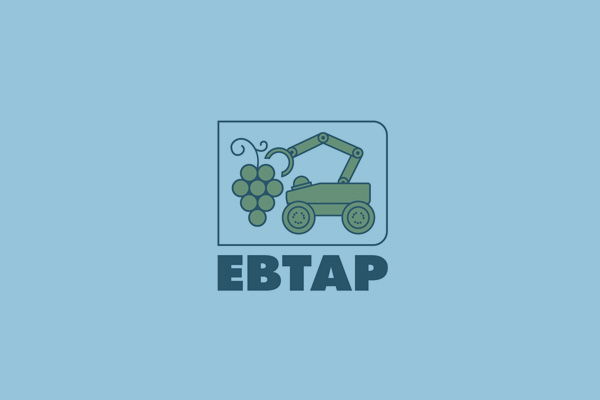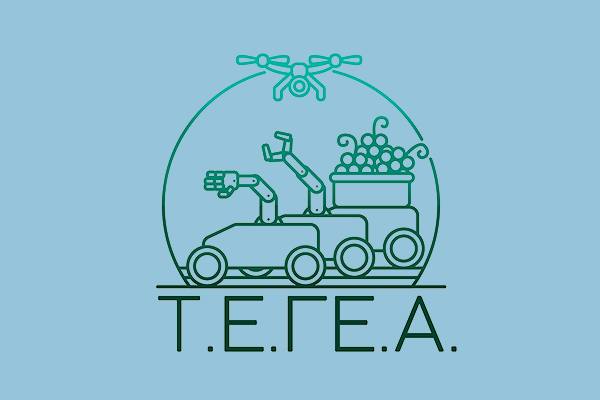Assessing the economic performance of multipurpose collaborative robots toward skillful and sustainable viticultural practices – Sustainability, vol. 15, no. 4, 3866, 2023
E. Tziolas, E. Karapatzak, I. Kalathas, A. Karampatea, A. Grigoropoulos, A. Bajoub, T. Pachidis, V. G. Kaburlasos, “Assessing the economic performance of multipurpose collaborative robots toward skillful and sustainable viticultural practices”, Sustainability, vol. 15, no. 4, 3866, 2023. https://www.mdpi.com/2071-1050/15/4/3866


 Greek
Greek









